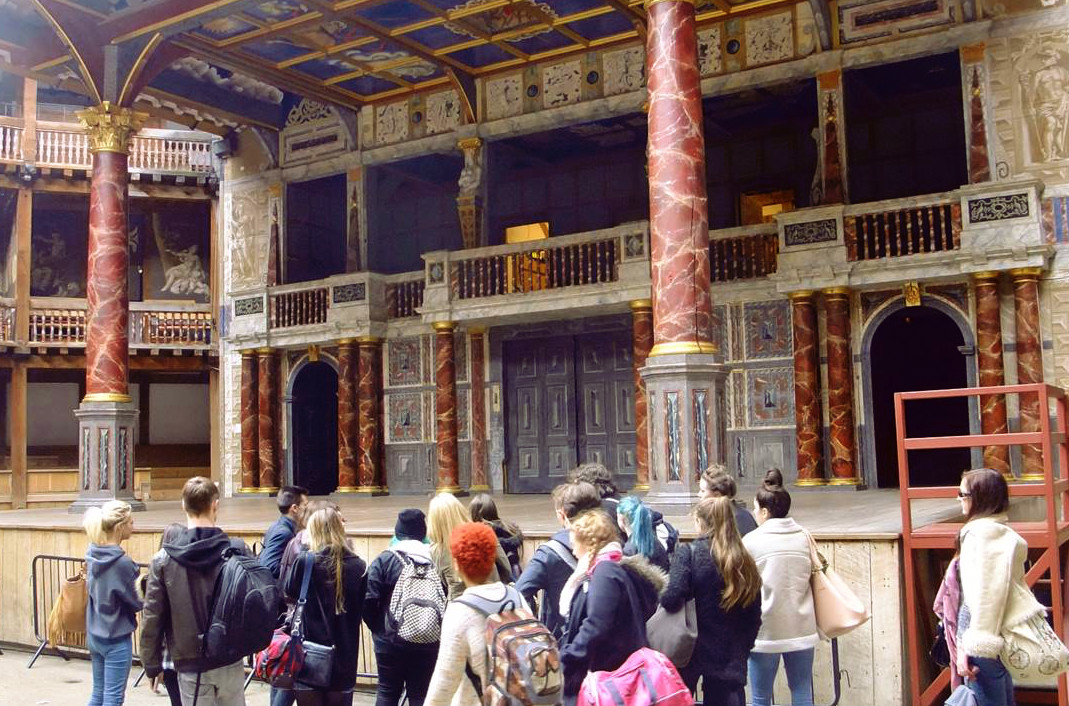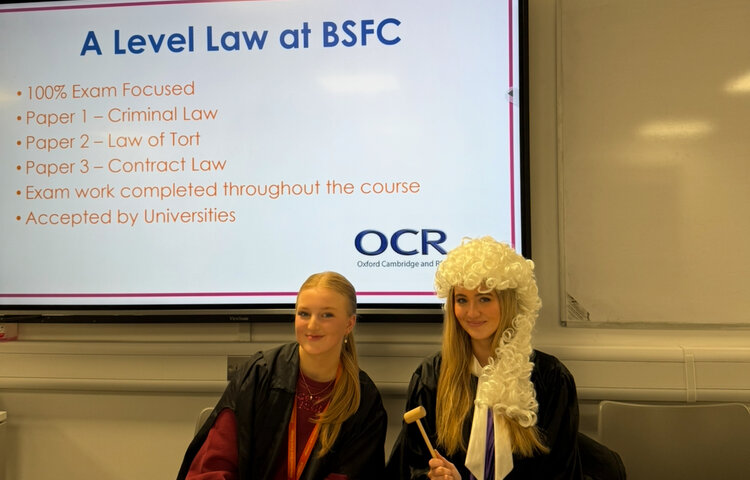20 April 2016

“This is a city that is one of the most remarkable in the world,” says Head of English, Jon Thorpe, who just returned from London with 18 A Level students.
The trip to the capital centred on complementing English Literature course studies, with visits to Shakespeare’s Globe and seeing Tate Britain’s magnificent William Blake collection, but extracurricular activities also played a role in understanding the London, and the Britain, that both visionaries struggled against.
Staying in the unusual setting of a converted courthouse, which saw the employment of Charles Dickens and, more recently, the trial of punk band The Clash, the students ventured to the South Bank, home of Shakespeare’s Globe. The Globe, as it stands, is a reconstruction of the original Globe Theatre which famously hosted so many of Shakespeare’s plays in London, and students were treated to an ‘authentic’ production of The Tempest.
Jon Thorpe explained: “There was no electricity and they had only candles as lighting, and we had to stand for it. They were seeing a play performed in the way that Shakespeare wrote for. It’s a primitive theatre experience but what they got was a unique opportunity to understand what his contemporary dramatic situation was.”

English Literature student, Eleanor Regan, said: “It was really enjoyable but I think I’ve learnt a lot too.”
Eleanor, who joined the college from St Mary’s Catholic College in Wallasey, continued: “It was great to see how Shakespeare’s plays would be presented at the time, and how different characters would be represented depending on where about they enter the stage. Actually seeing a play at the Globe put everything into context too, and helped us engage with the Elizabethan language.”
The Tate Britain’s Blake Collection is also of direct relevance to the students and ideal preparation for the upcoming exams, despite it being a collection of his art.
Eleanor, who studies Biology and History along with English Literature, said: “It is Blake’s poetry that we’re studying, a collection called ‘Songs of Innocence & Experience’, but they are also illustrated. We can draw on the illustrations for our exams and seeing them in person, along with all of his other paintings, helped us understand Blake’s broader ideas and how they all relate to each other.”

Head of English, Jon, added: “As well as housing the finest collection of (William) Blake paintings in the world, the Tate Britain visit was also important because it has the history of ideas in modern Europe represented there. It was a chance for the students to look around and see what we’ve been discussing in college.”
After scouring the books in the British Library, a boat trip, starting at Canary Wharf in Greenwich and ending at the South Bank in Southwark, was a chance for the students to not only see some of the capital’s most famous sites like Tower Bridge and the Tower of London, but to appreciate the extremes between the financial and creative districts of the sprawling city, the latter being something that both Blake and Shakespeare were part of instigating.
Jon said: “Some students had never been to London and the South Bank is really the cultural district, so they got a sense of the history of divisions of London and the religious tensions between Puritanism and Catholic. Just walking around the city gives you a history of Britain, in some ways.”

.png)














(1).jpg)

.jpg)








_(403x640).jpg)